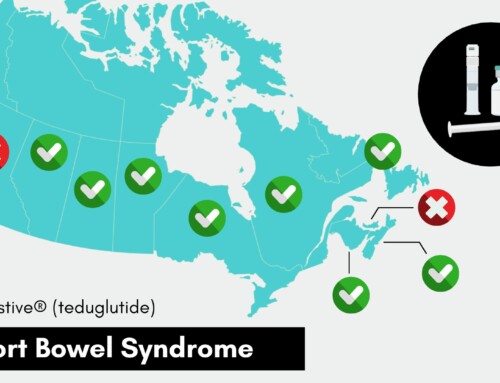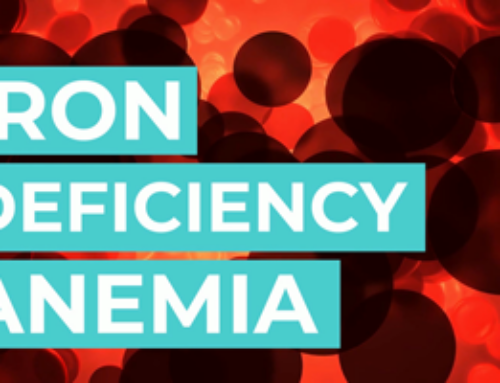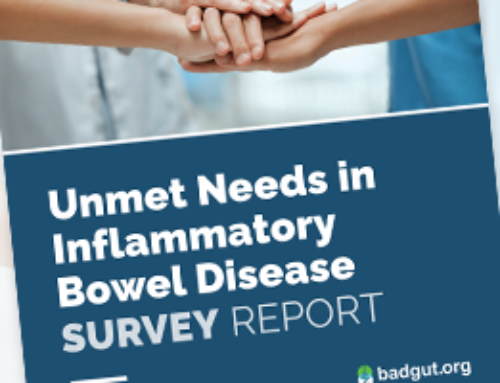
C. difficile Infection Patient Journey Video
Video Transcript
C. difficile infection, or CDI for short, occurs when the Clostridioides difficile bacterium grows out of control in the gut. It is the most common cause of infectious diarrhea in hospitals and long-term care facilities, but you can also acquire it in the community. Risk factors include recent antibiotic use, older age (65+), hospitalization, contact in a healthcare facility, long-term care settings, severe underlying illness, being immunocompromised, receiving chemotherapy, having a prior C. difficile infection, and taking proton pump inhibitors (PPIs) for reflux disease. Each person’s journey has a different trajectory; from symptom onset to symptom resolution, it is often long and arduous, and can be filled with infection recurrences.
The typical journey begins with onset of often severe symptoms, including diarrhea, abdominal pain, weight loss, appetite loss, nausea, vomiting, fatigue, and dehydration. Some patients are already in hospital or a long-term care facility. Others will go to a family doctor, clinic, or specialist to seek help because of these symptoms.
At this point, the physician will review the individual’s medical history and request tests, which typically involve stool and blood samples. In rare cases, a colonoscopy might be necessary.
If these tests come back positive, then the physician will diagnose the patient with CDI. After this, the physician will either move forward with treatment or refer the patient to a specialist, such as a gastroenterologist or an infectious disease specialist, who will take over their care.
However, sometimes an individual will have symptoms that indicate CDI, but the tests come back negative. In this case, the patient will require further investigations to discover the cause of their symptoms.
In those who do have CDI, treatment typically starts with targeted antibiotics. It also involves cessation of certain medications, taking other medications to control symptoms, ensuring good nutrition and adequate hydration, and hygiene regimens involving washing hands regularly and keeping surfaces clean and sanitized. Fecal microbiota transfer is another treatment option, particularly for recurrences, but many healthcare facilities do not offer this newer treatment.
Throughout and after treatment, monitoring and support are important, from both the healthcare team and the community. This can involve regular doctor visits, lab tests as required, support groups, mental health care, and nutrition support.
For some individuals, the first treatment will be the end of their CDI journey. They will recover and go on to live their usual lives. For others, symptoms might persist, or they might have a brief period where they feel better, only for symptoms to return, known as CDI recurrence. In these cases, the patient will need to return to their physician for changes to their treatment plan or for further testing.
Patients also report that CDI produces a strong-smelling stool and claim that once you have had it, you can always recognize the smell. Several hospitals use trained dogs to sniff out infectious patients with extremely high accuracy.
Once you have had a C. diff infection, it’s important to pay attention to early signs of symptom recurrence, so you can get treatment sooner and avoid a longer duration of infection. For some, a C. diff infection may only happen once and be resolved quickly. Fortunately, there are several treatments and resources available to help you manage this infection and return to your daily life.






